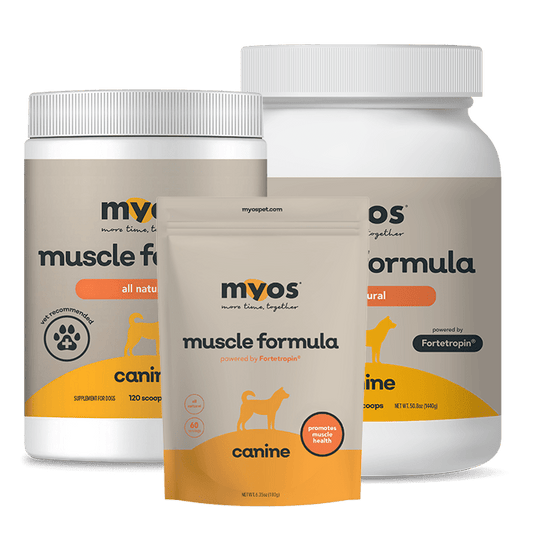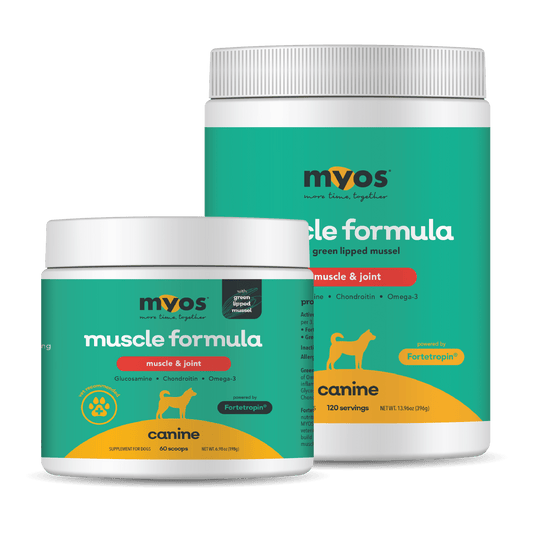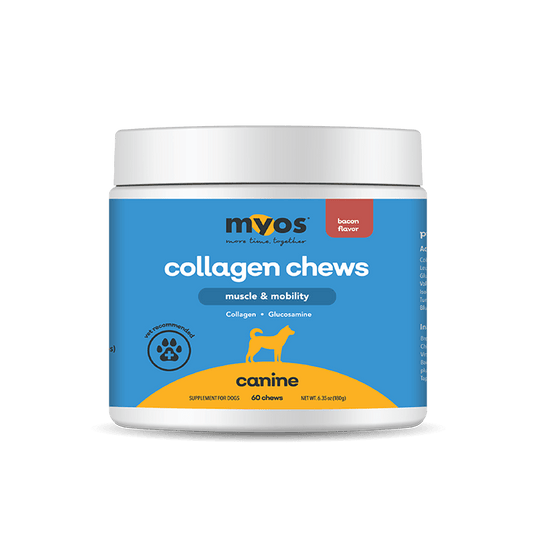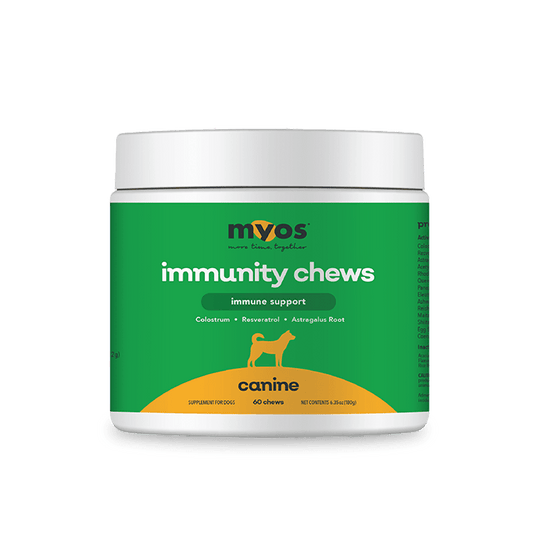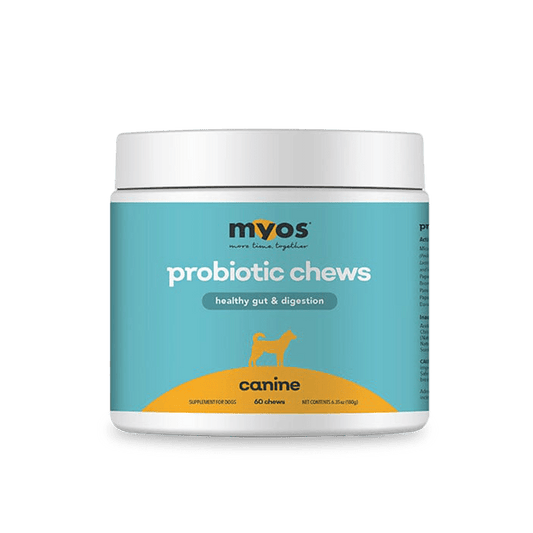
In order to figure out the right amount of food to give your dog each day, it’s necessary to understand the different components that affect your dog’s body and metabolic processes. Here are five factors to help you make an informed decision.
Age
One of the most important factors to take into consideration is your dog’s age. Just as metabolic processes shift in human beings as they age, the metabolism of a dog can change tremendously over their lifetime. A puppy will require more food each day than an adult dog because they’re growing. If your dog is growing into a large breed, such as a German Shepherd, they can require much more food than a Pomeranian puppy. Just as children require additional nutrients as they grow, so do dogs. As your dog grows older, however, you may need to cut down on the amount of food they consume each day.
As your dog ages, their metabolism will likely slow down, which means that if they’re continually consuming the same amount of food but burning through it less quickly, their body will store the extra food as fat, which can lead to dangerous health conditions if your dog becomes overweight.
Weight
After age, the next factor to consider is your dog’s weight. Often your pup’s food packaging will include a feeding chart with weight ranges and recommended food amounts. However, if your dog is overweight or obese, their food intake may need to be reduced slightly until they lose weight.
Activity Level
Activity level is one of the largest indicators of how much food your dog will need each day. The amount of exercise your dog gets can significantly change how much food they will require to maintain a healthy weight. For example, a dog that only does a short walk outside each day will not require nearly as much food as a dog that goes for a daily five-mile run. Just as with human beings, if your dog is exercising a significant amount, but is eating an amount of food that would support a sedentary dog, he will begin to develop a calorie deficit each day that will cause him to lose weight. If your dog is doing a moderate to high level of activity, their food will need to be increased accordingly to maintain a healthy weight.
On the other hand, if your dog is living a fairly sedentary lifestyle and rarely exercises, his food will likely need to be decreased so that he is not consuming calories in excess of what he is burning, which will result in weight gain. If your dog is eating more calories each day than their body is burning, their body will begin to turn the excess calories into fat, which, as stated in the previous factor, can be dangerous to their health.
To make sure that your dog is eating the right amount of food in relation to its exercise level, it will likely involve some experimenting to find the right amount. If they’re continuing to gain or lose weight, incrementally decrease or increase the amount of food each day until its weight stabilizes and is maintained. This can be a tedious process, but it will be beneficial for your dog to be at a healthy weight that is not constantly fluctuating. If your dog’s lifestyle changes and their activity level increases or decreases, you will need to adjust their food intake accordingly.
Health Conditions
Your dog’s health can also affect how much food they need. Dogs with health conditions such as diabetes or kidney disease may need special prescription diets. Pregnant dogs or nursing dogs also have special needs for extra calories and nutrients.
Type of Food
The type of food your dog is eating is another factor in how much food they should be receiving each day. You’ll want to make sure your dog has the right balance of nutrients to support a healthy lifestyle. To do so accurately, you’ll need to analyze the ingredients in his food to ensure there are enough proteins and carbohydrates to support a healthy immune system and organ function. In some cases, your dog may require additional supplements, such as MYOS Canine Muscle Formula®, outside of his daily food to balance his diet. Be sure to invest time in researching the food your dog is eating, its ingredients, and paying close attention to how your dog reacts to their food to make sure it’s a good fit.
As always, it’s important to consult with your veterinarian to see what they recommend based on each of the above-mentioned factors.

